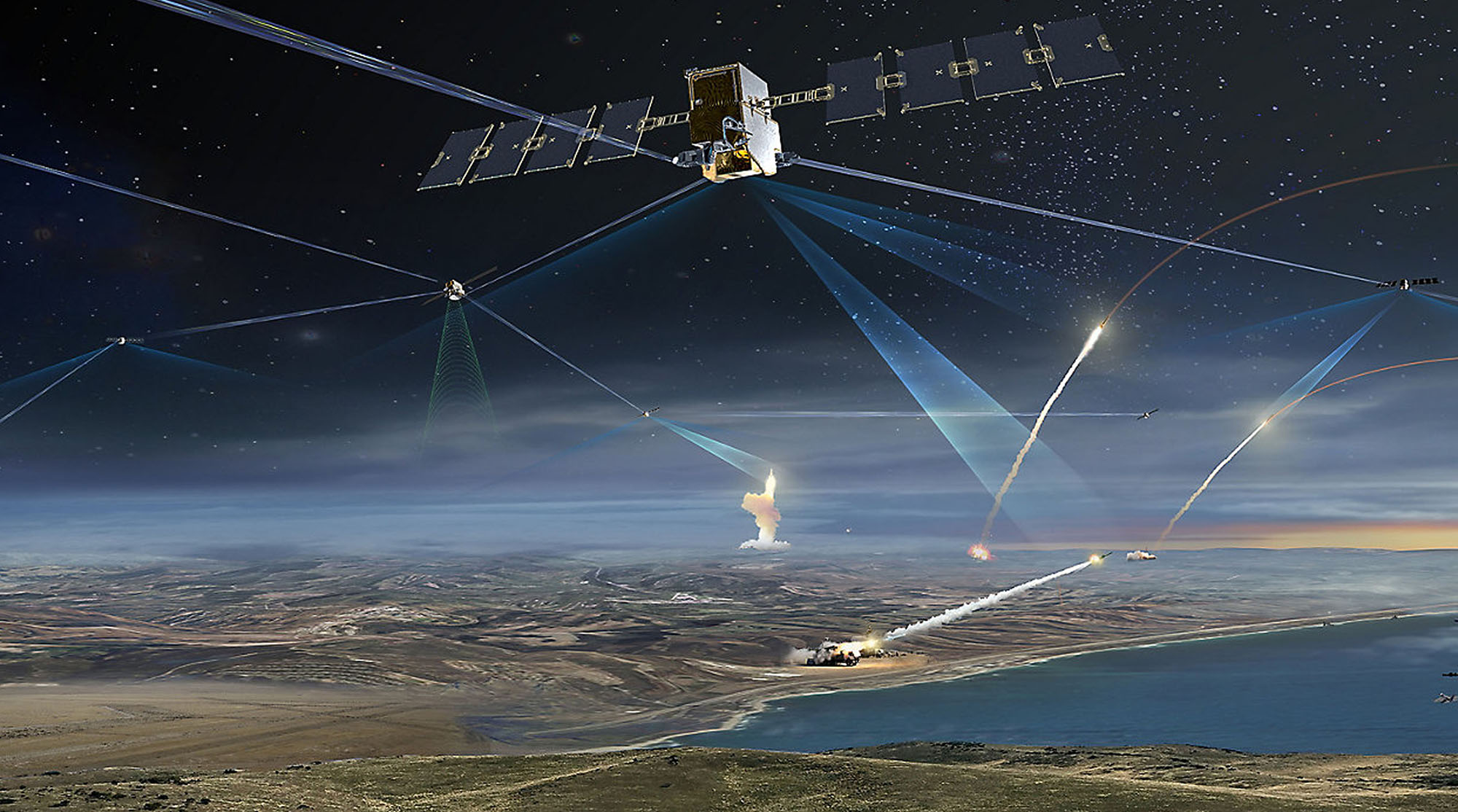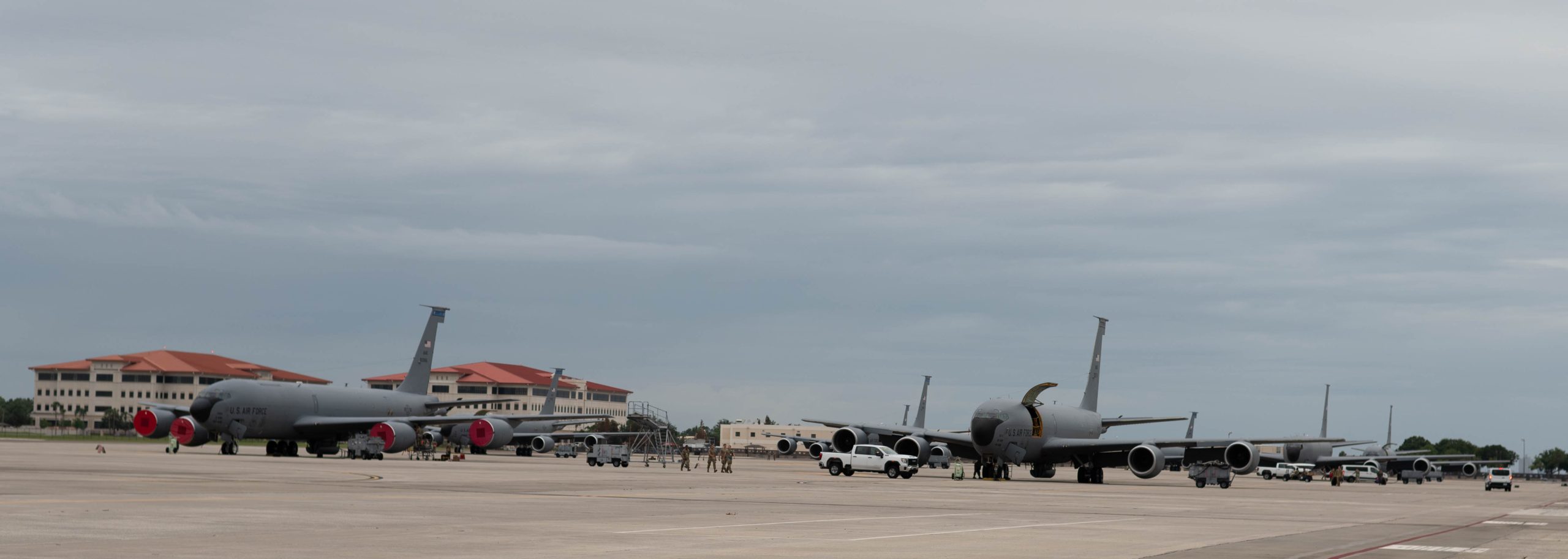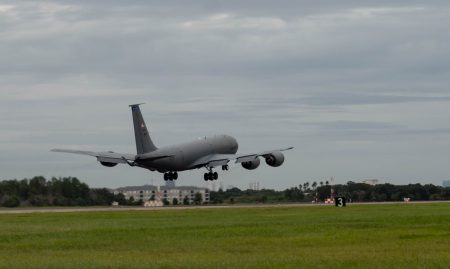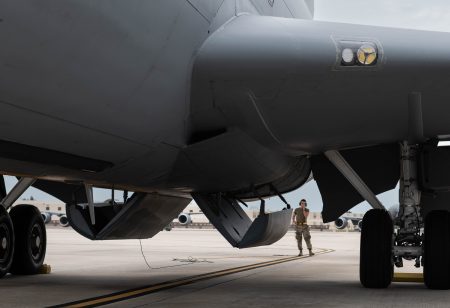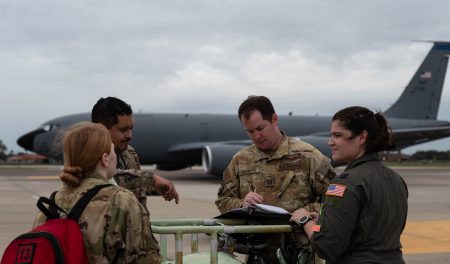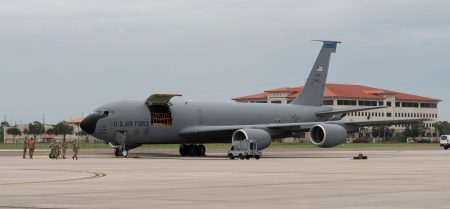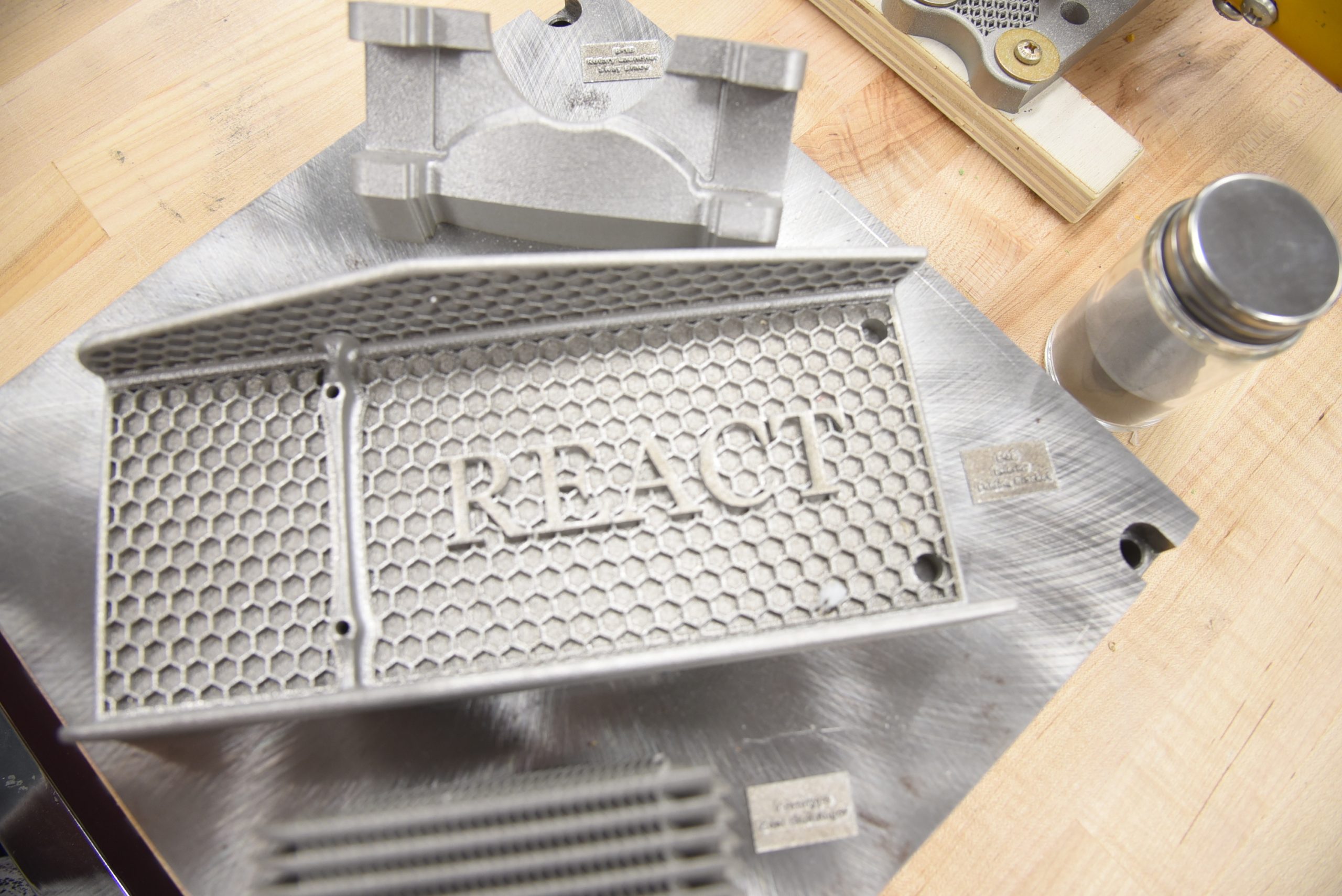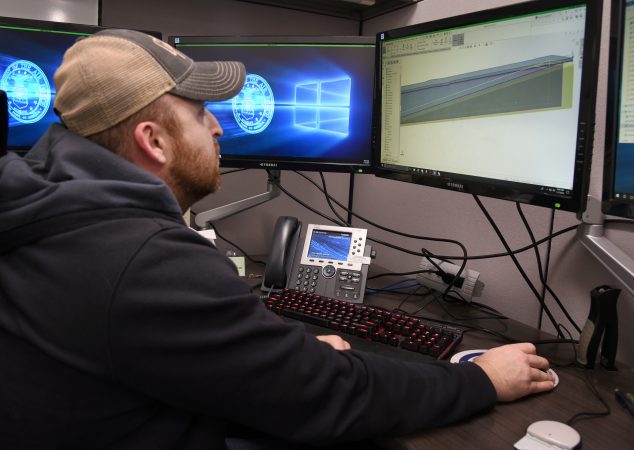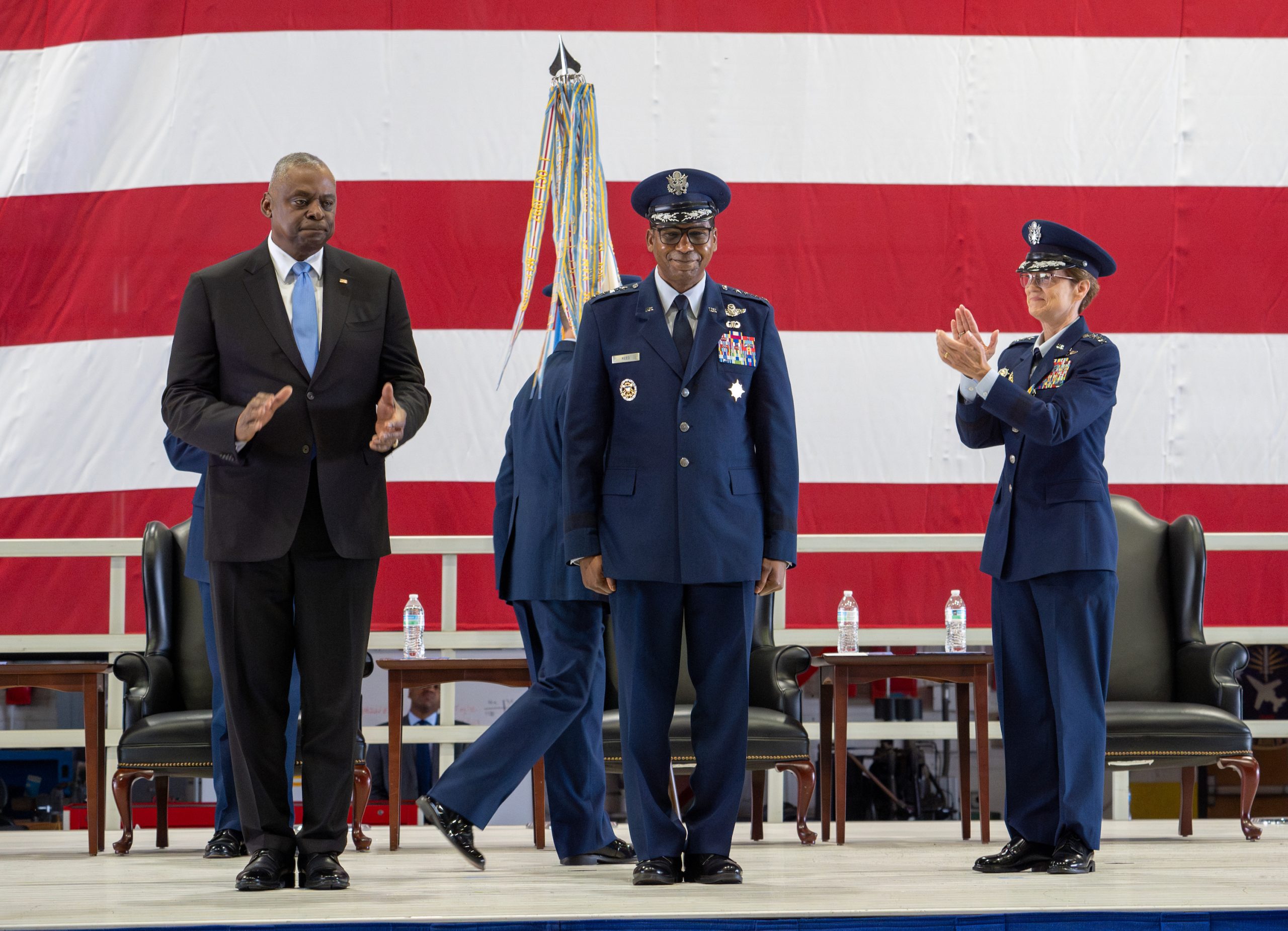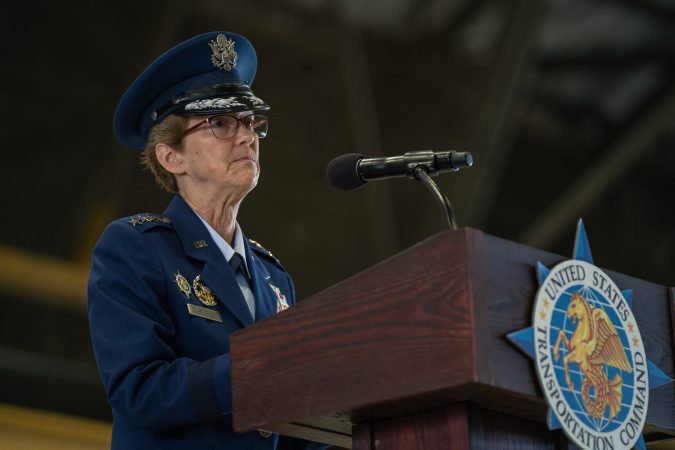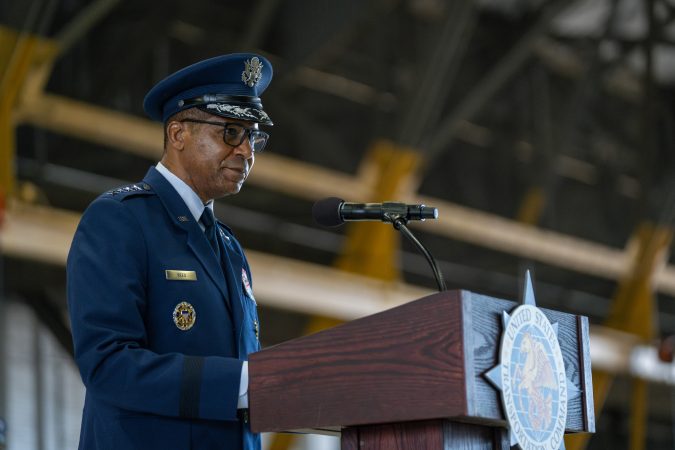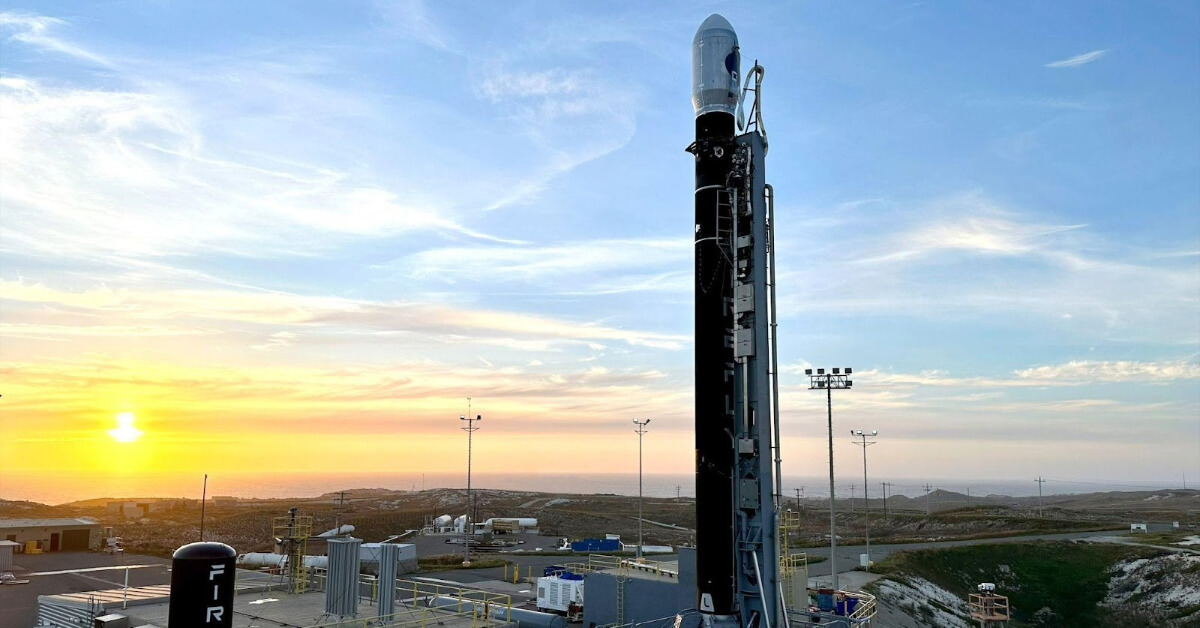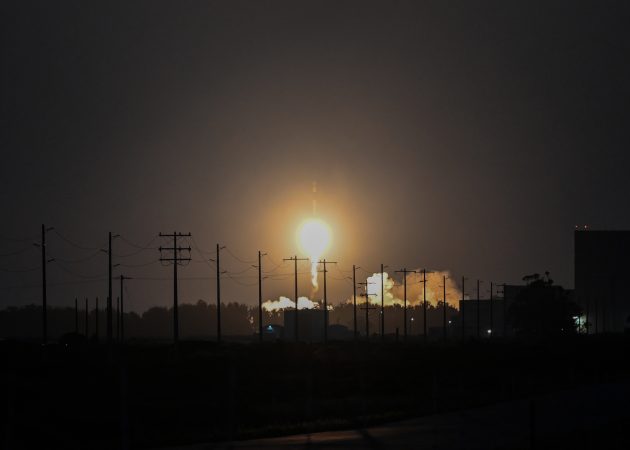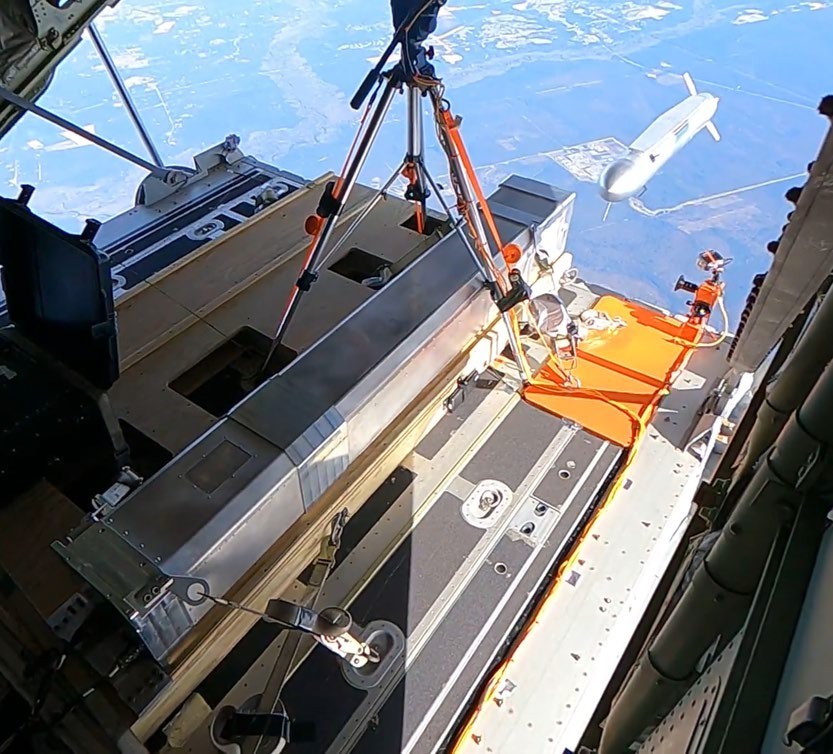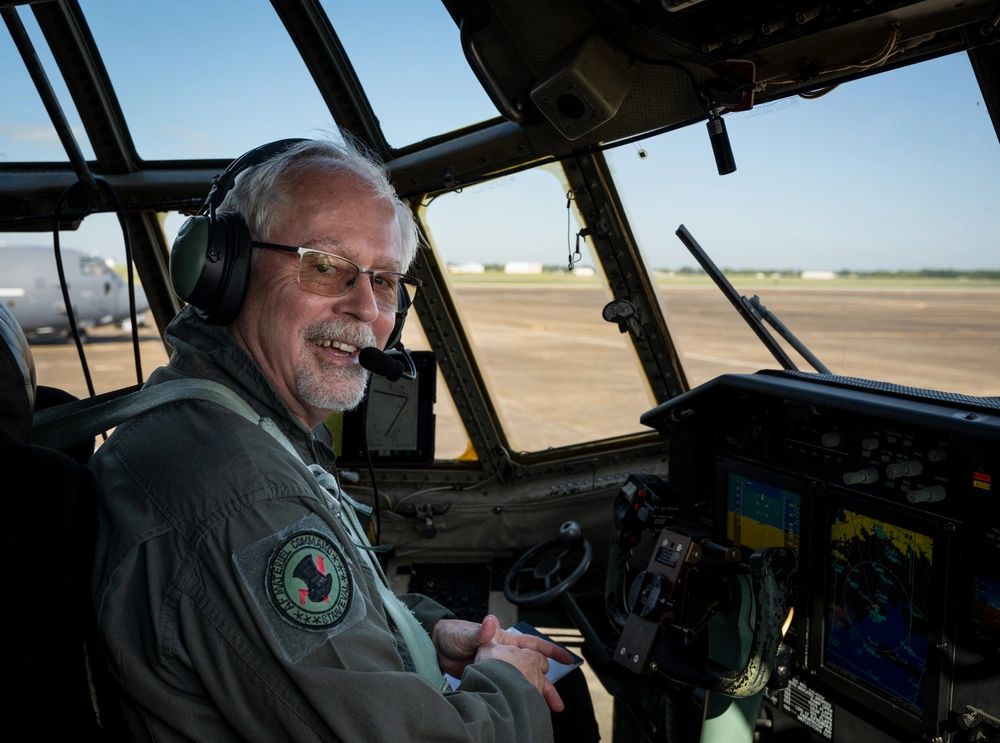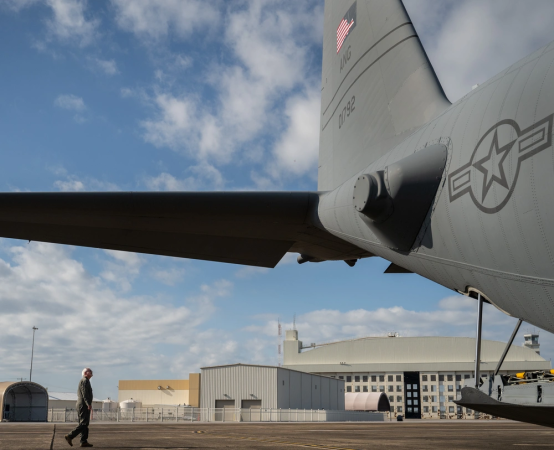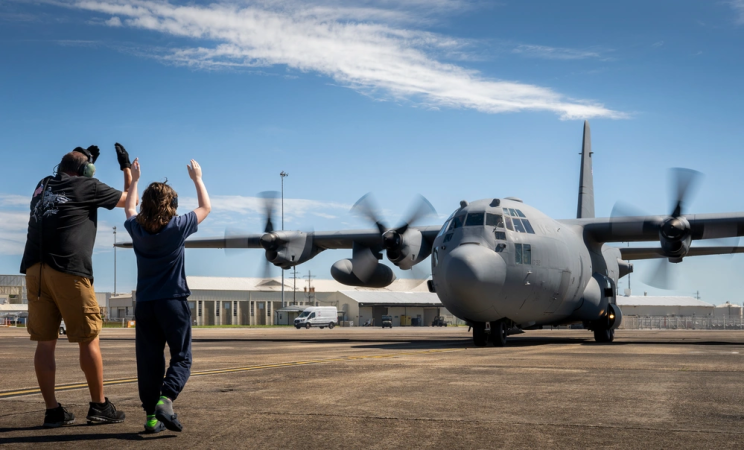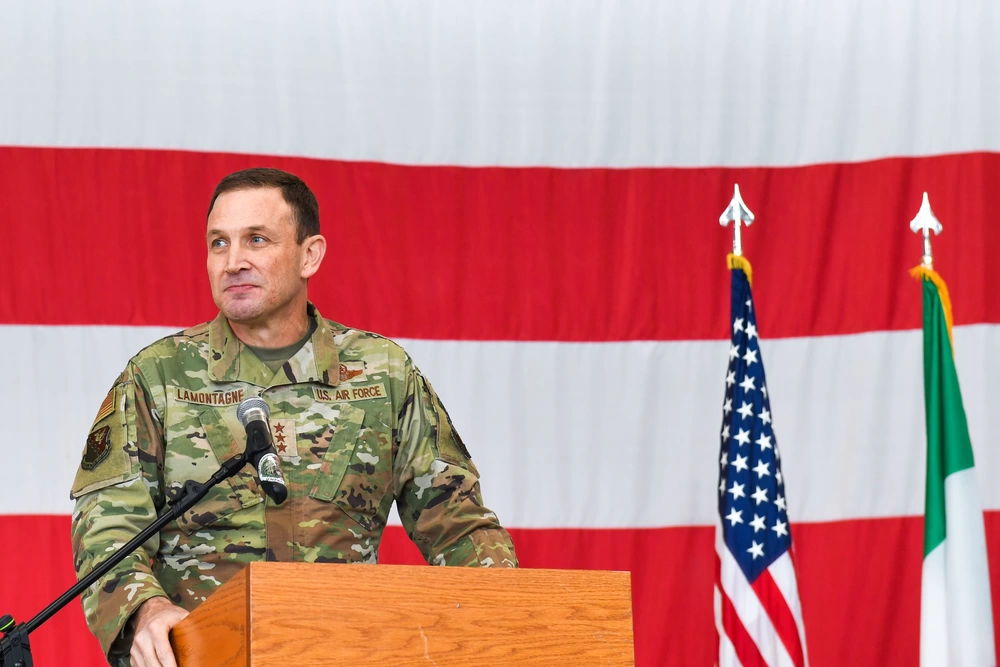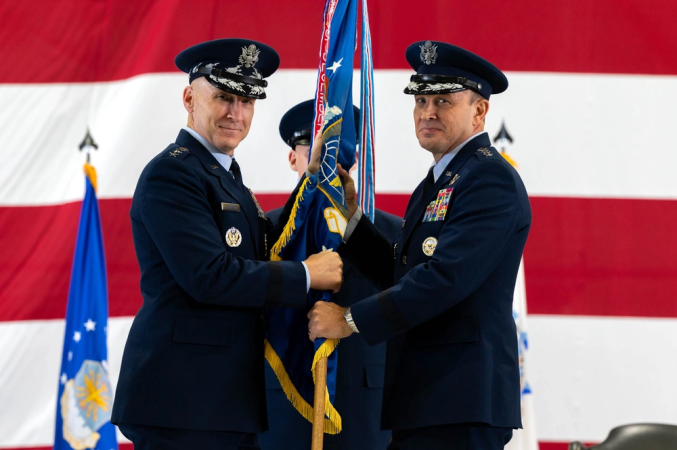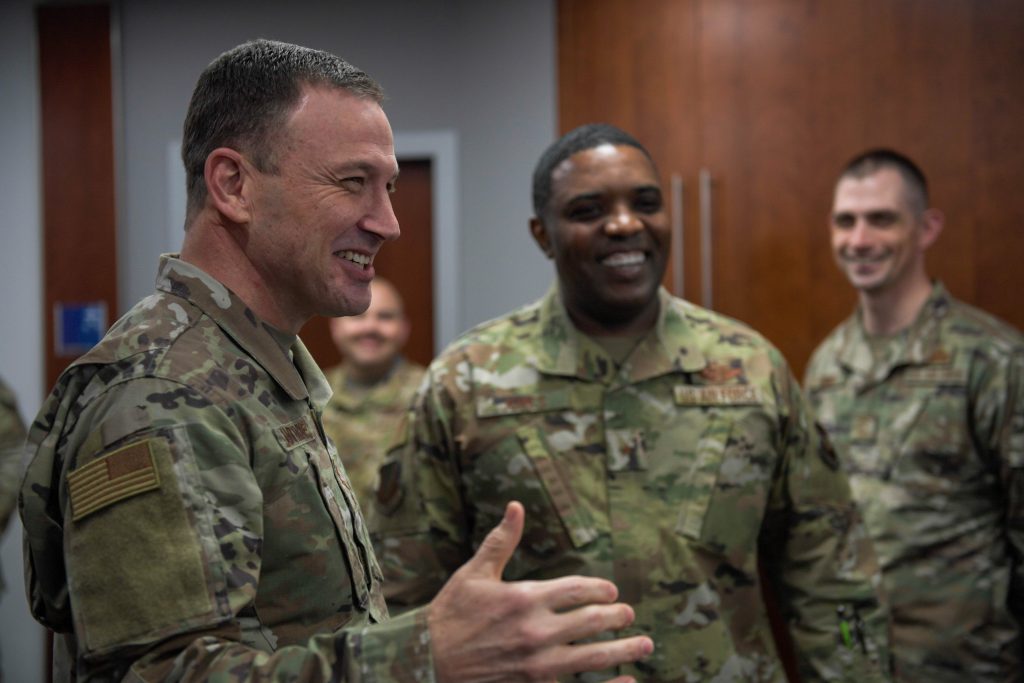The National Reconnaissance Office is participating in Pentagon exercises and launching dozens of satellites as it prepares to work with the Space Force on tracking targets from orbit, its director said last week.
NRO Director Christopher Scolese also noted during an Oct. 3 event at the Center for International and Strategic Studies that a key challenge in the effort will be the speed and clarity with which his agency can deliver data to warfighters—acknowledging a common concern about the joint military-intelligence effort.
The Department of the Air Force has wanted to get its Ground Moving Target Indication from space, instead of relying on airborne platforms, because anti-air systems pose growing challenges to those aircraft.
Satellites belonging to the NRO and the National Geospatial-Intelligence Agency have long provided the intelligence community with intelligence, surveillance, and reconnaissance, but have not provided real-time targeting data for moving targets. Critics charge the IC cannot deliver targeting data at tactically relevant speeds; they argue that military commanders should control their own satellites in order to prioritize operationally relevant data collection.
But more recently officials have indicated progress in military-IC collaboration, and Scolese made clear he wants to overcome whatever roadblocks there are that slow down getting data to the warfighter.
“We have to deliver the data at the speed and with the characteristics that the user—and it can be any user—needs,” Scolese said. “So GMTI is obviously going to go off and need information on where an object is and where it is going in real time. We need to deliver that data. Others will also be delivering data. That data has to be fused into a product.”
From a technical standpoint, “there’s still work to be done,” Scolese said, but he believes the NRO is making “good progress.”
Exercises are helping to expose where improvement is needed.
“We put prototypes of the various satellites up there that allowed us to see what they can do,” Scolese said. “It’s also allowed us to participate exercises, where we can go off and test those various things. We’re also doing tabletop exercises and gaming to allow us to go off and test things at the edges…. That’s helping us to identify policy areas or gaps that we need to go off and address.”
The volume of data available is growing rapidly. In the span of just 18 months, from June 2023 to December 2024—the NRO will have launched around 100 new satellites, many of those making up its new proliferated low-Earth orbit constellation, Scolese said. The long-secretive NRO remains tight-lipped about precise numbers, but the agency has had three launches for its new constellation this year alone.
Soon, the real payoffs will be apparent. “We are going from the demo phase to the operational phase, where we’re really going to be able to start testing all of this stuff out in a more operational way,” he said.
